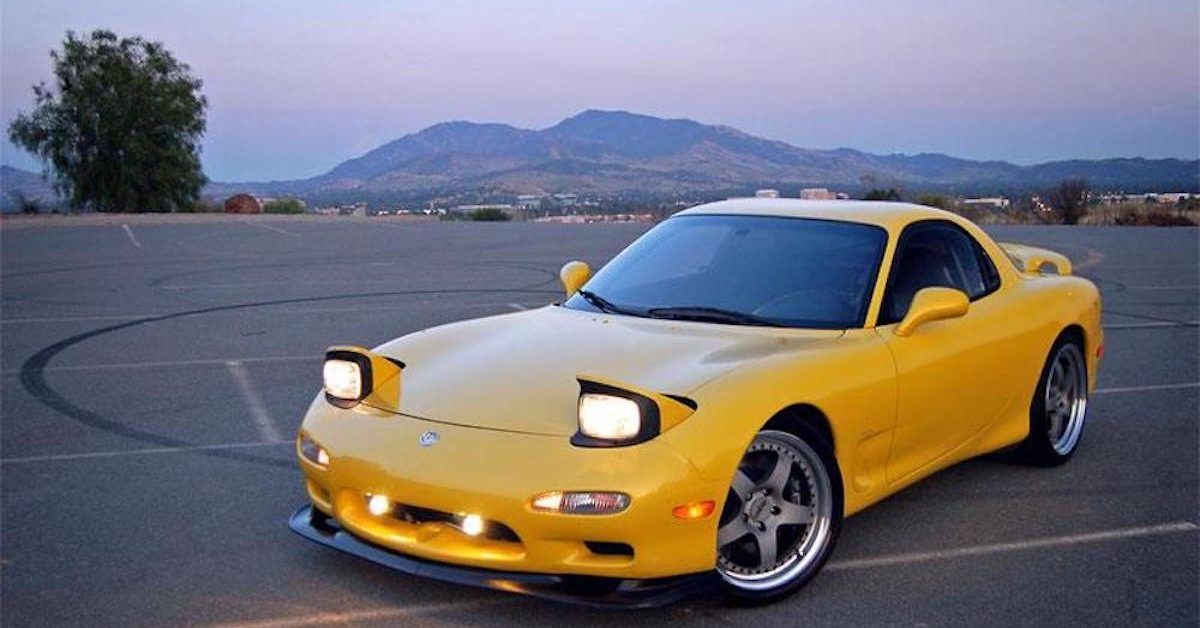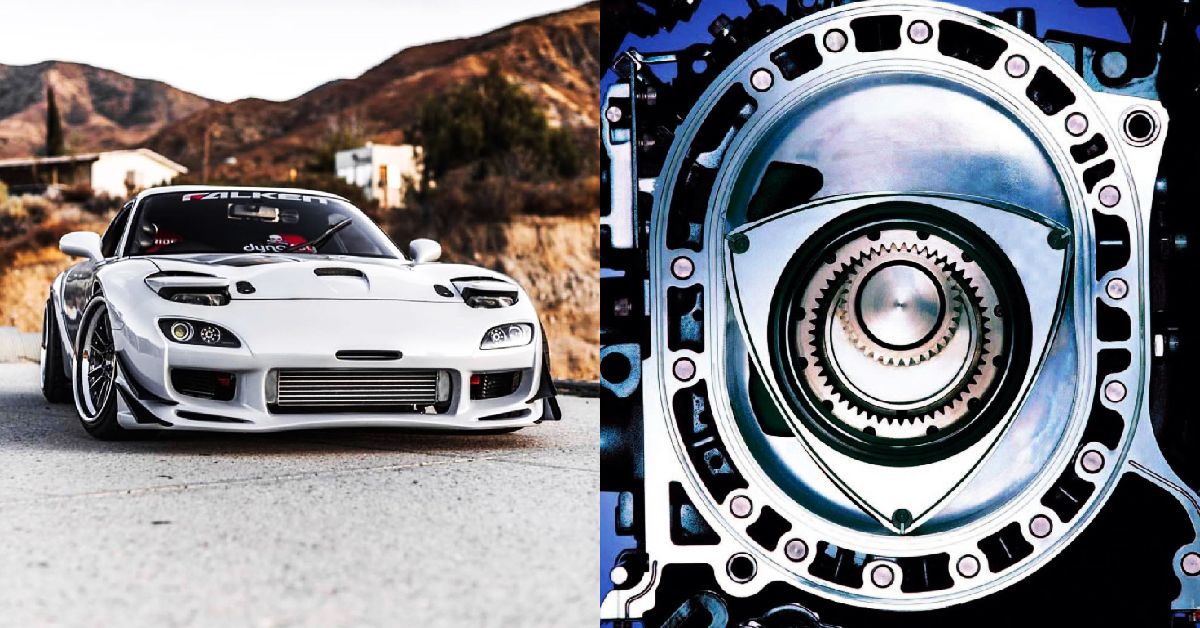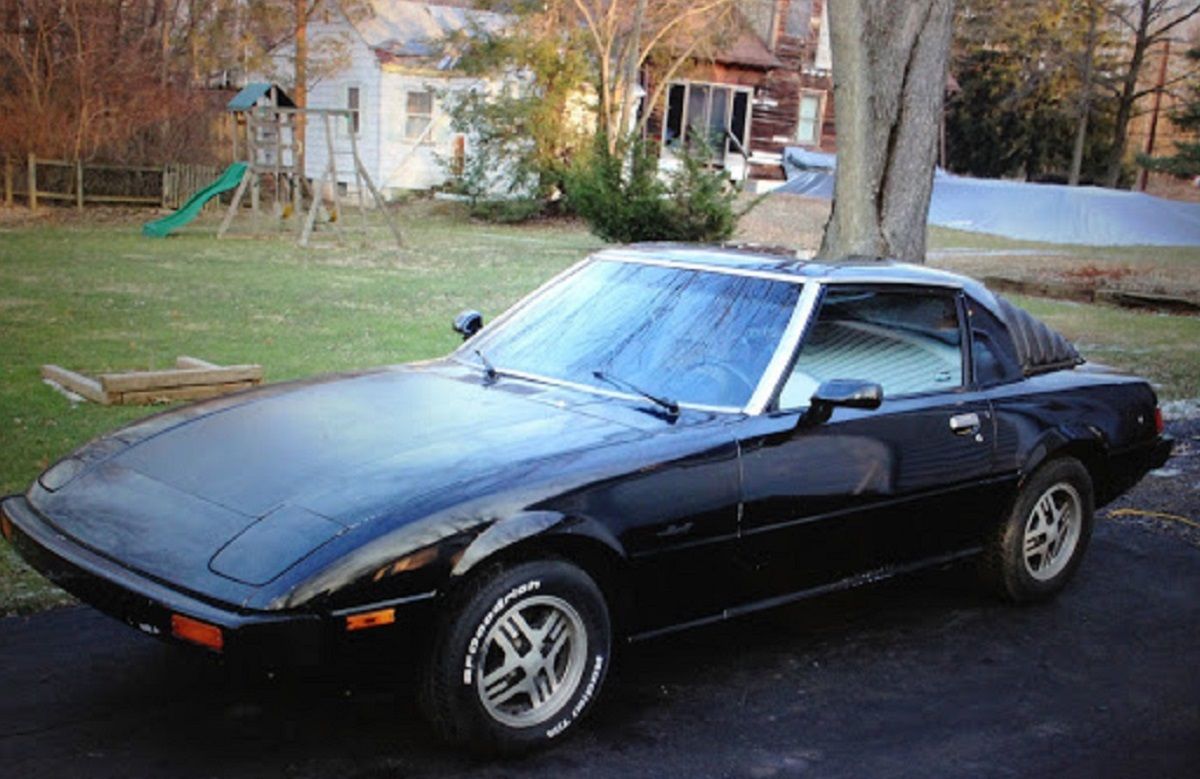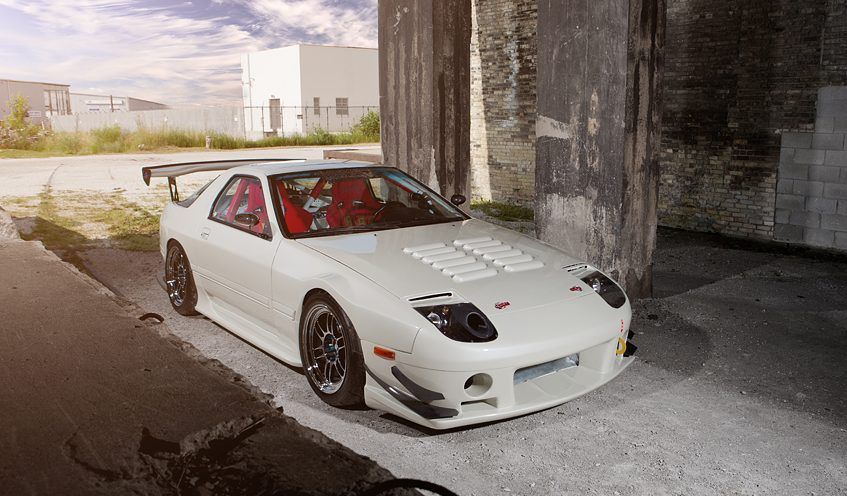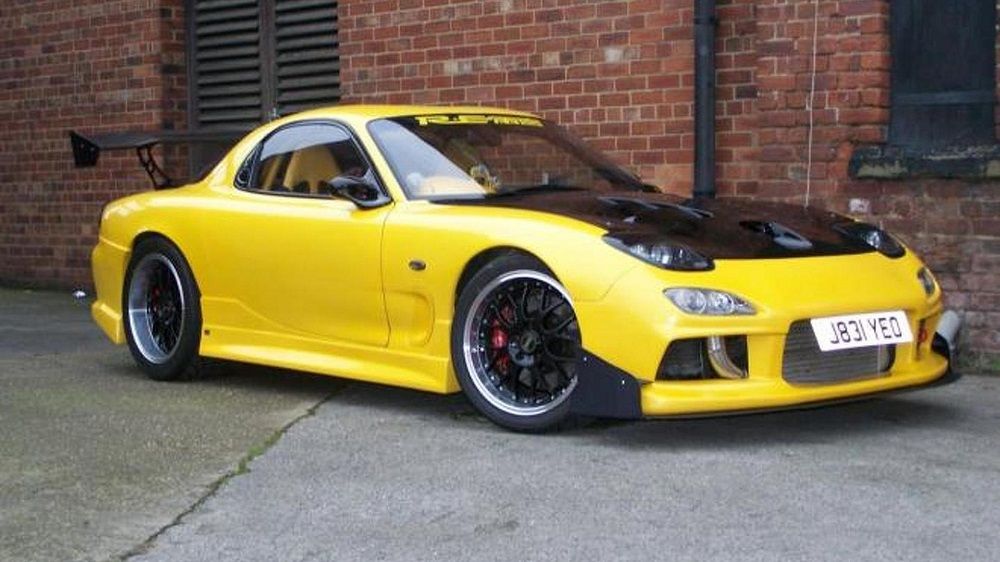Mazda a brand name that shed light or rather brought the whole Wankel Rotary engine into the automotive industry. If we sniff around looking into the Mazda it would lead us all the way back to the Mazda RX-7 coupe, which put both Mazda and the Wankel Rotary Engine on the map.
The RX-7 can be considered to be one of the most iconic JDM sports cars of its time. The Mazda RX-7 was in production for three gens, all of which made use of the compact, lightweight Wankel Rotary Engine. All the fans can easily recognize this car from the Fast and Furious Franchise where it was driven by Dominic Toretto in the very first movie of the series. The franchise brought it back for the Tokyo Drift where Han's Mazda RX-7 was easily the most beautiful car in that movie.
So, let's take a look into what made all of this possible and take a detailed look back at the Mazda RX-7.
The History behind the Mazda RX-7
The Wankel Rotary Engine had been developed by Dr. Felix Wankel. In the 60s, Mazda's President Tsuneji Matsuda saw huge potential in the Rotary engine and licensed it from the NSU. Mazda started the adoption of the Wankel Rotary Engine all thanks to one man who was at the center of the engine development, Kenichi Yamamoto. He was responsible for solving the last big problem with the engine of scoring by developing Apex Seals. He had embodied and displayed Mazda's core belief that engineering and design innovation is the very essence of the brand. Not only that, but he went on to serve as the President and then the Chairman of Mazda.
Mazda RX-7 was not the first rotary-engined car that was launched by the company, that would be the Cosmo Sport which had come out almost a decade earlier. Mazda got into using these engines as they had a number of advantages. The Wankel Rotary Engine has a power to weight ratio of 3:1 over a standard engine, it also revs at higher rpm, due to lesser moving parts, it was much cheaper to produce than the standard piston engine.
RX-7 FB, the First Generation
The first generation of the Mazda RX-7 was the RX-7 FB which is more commonly known by car enthusiasts as the SA22CC. The inspiration for the design of the Mazda RX-7 FB was the Lotus Elan, a British two-door coupe. The Mazda RX-7's trademark silhouette was imbued into this model. The curved glass rear hatch, the long hood, and the lightness gave it an almost perfect weight distribution suggested that the car is accessible and fun.
It was powered by the twin-rotor rotary engine which was mounted just behind the front axle. This led to the coining of the phrase which would define the Mazda RX-7 for years to come "front mid-engine". Due to this arrangement, the RX-7 boasted a near-perfect 50/50 front/rear weight balance, and adding to it was the low center of gravity. Hence, the Mazda RX-7 was so smooth and easy to control that back in the time people said it was driving itself. The RX-7 was able to produce around 100 HP, which doesn't sound like much but back in the day with the weight distribution of the RX-7 it was still able to sprint easily up through the five gears to a cruising speed.
Mazda could see that the customers wouldn't be openly accepting the rotary engine, to counter this issue, it toned down all the other aspects of the car giving it a standard setup from the suspensions to the steering and everything else except the engine. They wanted to create a common ground of familiarity with the customers.
RX-7 FC, the Second Generation
With the success and the acceptance of the first generation of the Mazda RX-7, the brand was now openly targeting the Porsche 924/944. The second generation of the Mazda RX-7 didn't come out to play- it came to win.
Since Mazda was successful in creating a trustworthy image, it went all out when it came to the second generation of the Mazda RX-7. The Mazda RX-7 FC was powered up to produce a 146 HP from a revised 13B rotary engine. It also was provided with all the features that were ruled out by the brand intentionally in the previous model. It had a rack and pinion steering wheel, the suspensions were independent, and it had disc brakes in both the front and the rear wheels.
Motortrend liked the 1986 RX-7 so much that it was named the Import Car of the year. Owing to the success, Mazda rolled out a convertible RX-7 and the RX-7 Turbo II arrived in 1987 which produced an astounding 182 HP. It went from 0-60 mph in just about 7.0 seconds.
RX-7 FD, the Best of the RX-7
The third Gen RX-7 FD is said to be the most famous and the best model in the RX-7 series. Its shape is as clean and fresh today as it was during its debut. The Mazda RX-7 FD has a timeless design that still lures all the motorheads. It would be an understatement to say that it's a fantasy of every car enthusiast to own one of these beauties.
The Mazda RX-7 FD made use of the world's first mass-produced sequential turbocharged engines. In layman language, it basically means that they work separately in different ranges. The transition was so smooth that no one could even make out that a transition was happening. It produced more power than ever which was in the range of 255 HP. This made the RX-7 a pure, lightweight sports car. Due to the sequential turbo, the RX-7 has very little turbo lag and could do a sub 5.0 second 0 to 60 mph time.
Mazda sold an unbelievable 70,000 FD-generation RX-7 in the 90s.
All in all the Mazda RX-7 was an automobile icon that destroyed the market with its rotary engine made its mark in history with the game-changing technology that it came up with. The Mazda RX-7 series didn't just look the part it was also able to win a number of races in Motorsports. The 1974 24hrs Daytona, the ISMA's GTU production-based racing class which it won 7 times in a row, not to mention that it ruled for a decade winning the IMSA's GTO championship. These were just a few from the long list of its legacy. Even today, RX-7s can be found competing in amateur racing events all around the globe.

